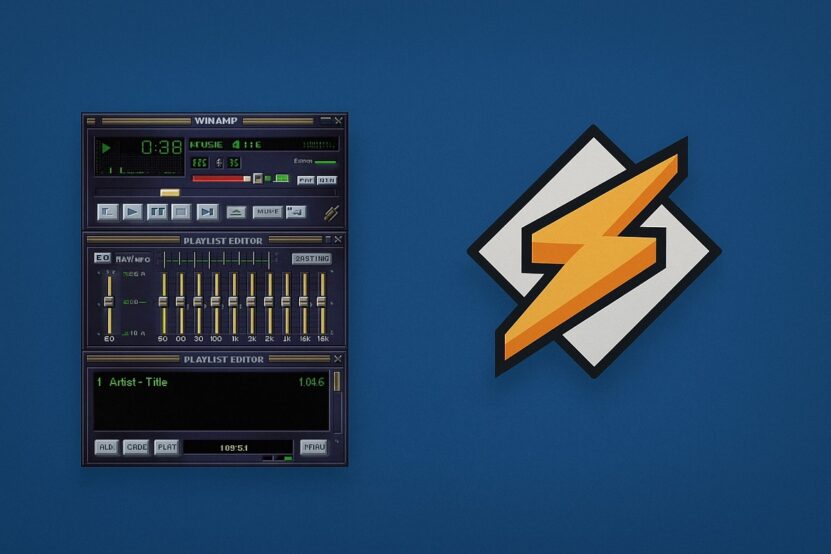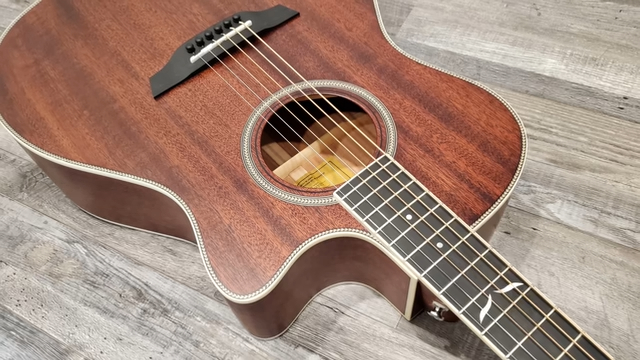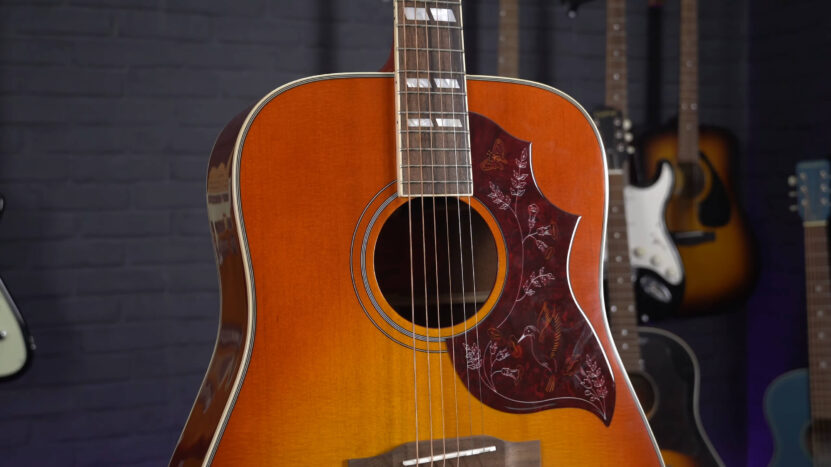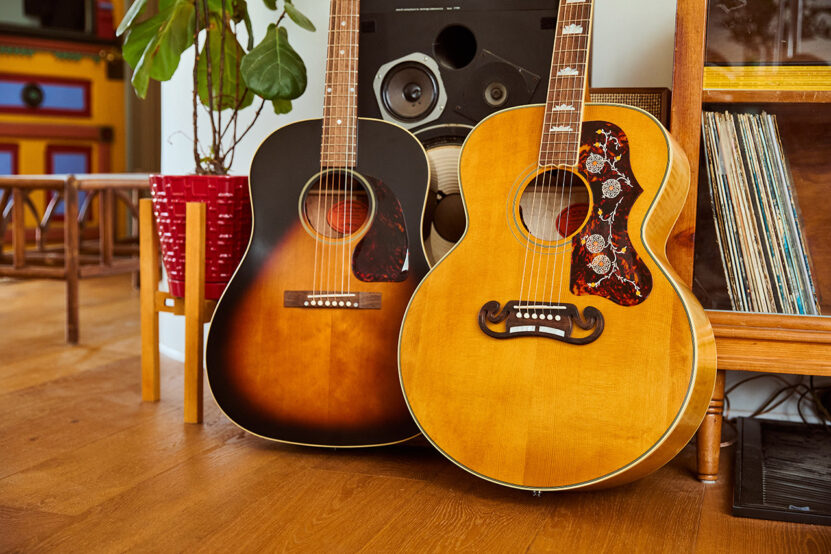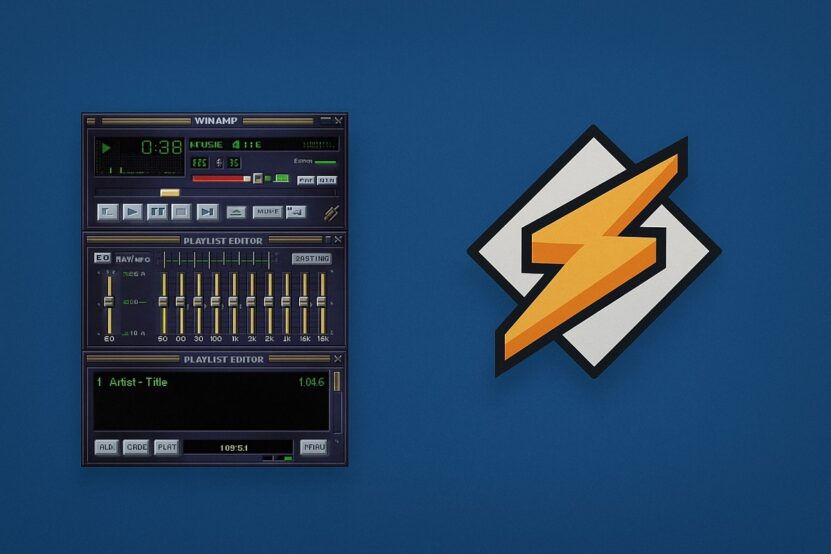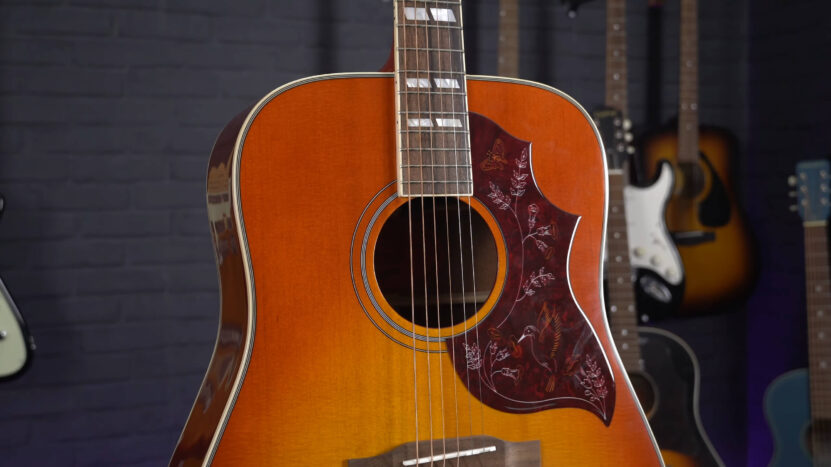
Share Post:
The Epiphone Inspired by Gibson Hummingbird replicates many of the qualities of its more expensive Gibson counterpart. The original Gibson Hummingbird, known for its role in shaping folk and rock music from the 1960s, has always been a symbol of quality and artistry.
However, its hefty price tag makes it unattainable for many players. The Epiphone version offers a more budget-friendly option, aiming to provide a similar experience at a much lower cost.
With a street price typically around $799 to $849, it’s significantly more accessible than the original, which can cost several thousand dollars.
Build Quality and Aesthetics
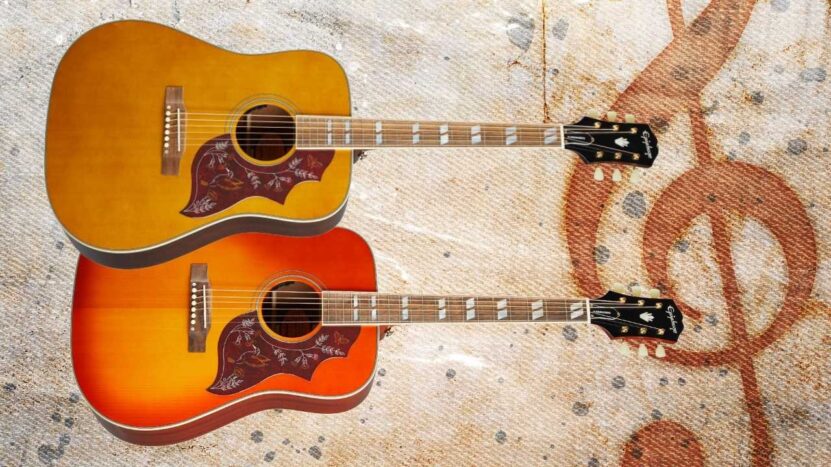
One of the first things players notice about the Epiphone Inspired by Gibson Hummingbird is its impressive build quality. The guitar features an all-solid wood construction, which is rare in this price range.
Solid Sitka spruce is used for the top, while the back and sides are made from solid mahogany. This combination gives the guitar a balanced, resonant tone that improves with age.
- Top: Solid Sitka spruce
- Back and sides: Solid mahogany
- Neck: Mahogany with a comfortable rounded C profile
- Fingerboard: Indian laurel, which is a more affordable alternative to rosewood
The finish is one of the highlights of the Epiphone Hummingbird. It comes in two options: Aged Cherry Sunburst and Aged Antique Natural. Both finishes are designed to replicate the vintage aesthetic of the original Hummingbird.
Playability and Comfort
Comfort is crucial for any acoustic guitar, and the Epiphone Hummingbird delivers in this area. The neck has a 12-inch radius and a 24.72-inch scale length, which makes it easy to play, even for extended sessions. Whether you’re playing chords or fingerpicking, the guitar feels smooth and responsive.
Some users have reported that minor adjustments may be needed upon receiving the guitar. This could include tweaking the truss rod to fix neck relief issues. While this is not a deal-breaker, it’s something to keep in mind if you’re not experienced with guitar setups.
Neck and Fingerboard
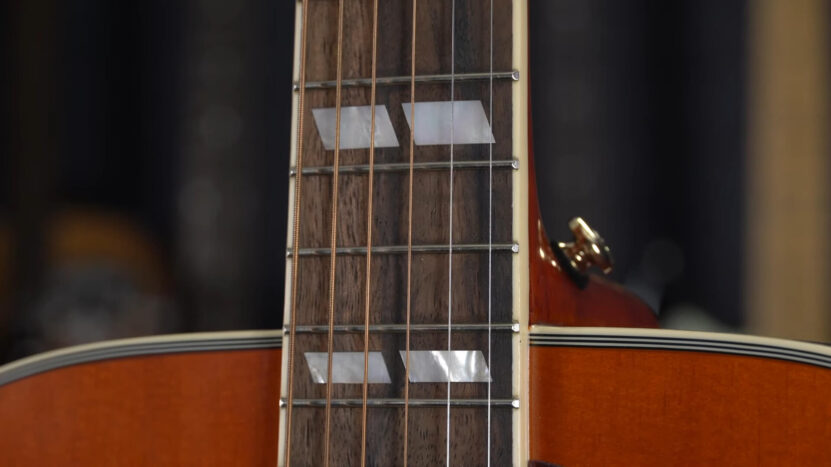
The mahogany neck is shaped in a rounded C profile, which provides a comfortable grip for players of all levels. The Indian laurel fingerboard, while not as luxurious as rosewood, performs admirably.
It’s smooth and doesn’t cause excessive finger fatigue. In addition, the mother-of-pearl split parallelogram inlays are visually striking, adding a touch of class to the instrument.
Sound Quality
For many guitarists, sound is the most important factor when choosing a new instrument. The Epiphone Inspired by Gibson Hummingbird excels in this area. Thanks to its solid wood construction, the guitar offers a rich, full-bodied tone.
The solid spruce top enhances the brightness and clarity of the sound, while the mahogany back and sides add warmth and depth.
Acoustic Sound
The Epiphone Hummingbird produces a deep, resonant tone that’s perfect for strumming and rhythm work. The low end is punchy without being overwhelming, and the mids are balanced.
When fingerpicking, the guitar reveals its more delicate side, with a sweet, articulate tone that works well for folk, blues, and even classical styles.
Strengths
- Powerful projection
- Warm, balanced tone
- Excellent for strumming and rhythm playing
- Handles fingerpicking gracefully
Weaknesses
- Some users report that the high end can lack the sparkle found in higher-end models, but this is a minor complaint given the price point.
Electronics
The Epiphone Hummingbird comes equipped with Fishman Sonitone electronics, which include an under saddle pickup and soundhole-mounted controls for volume and tone. While this system gets the job done, it’s not as sophisticated as some higher-end Fishman systems.
Some players may find that the tone control is somewhat limited, especially for live performances. However, for casual gigs or recording, it’s more than adequate.
If you plan to perform regularly, it might be worth considering an aftermarket upgrade, such as an L.R. Baggs or a more advanced Fishman system.
Durability and Long-Term Value
Durability is another area where the Epiphone Hummingbird shines. The all-solid wood construction ensures that the guitar will age well, improving in tone over the years. The build quality is generally excellent, although some users have mentioned minor issues like the placement of the battery pack for the electronics. These small design quirks aside, the guitar is built to last.
Comparing with Other Models
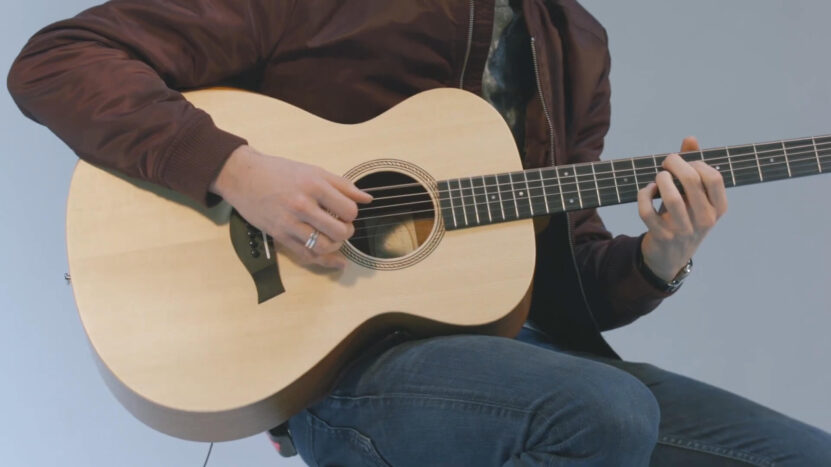
When considering whether the Epiphone Inspired by Gibson Hummingbird is worth your money, it’s helpful to compare it with other guitars in a similar price range.
- Taylor Academy 12e: This is another highly-regarded acoustic-electric guitar in the same price bracket. The Taylor offers a slightly brighter tone and a more modern feel, which some players prefer. However, it lacks the vintage appeal of the Hummingbird.
- Yamaha FG5: Known for its durability and balanced tone, the Yamaha FG5 is a strong competitor. However, it doesn’t offer the same level of aesthetic detail or solid-wood construction.
Who Should Buy the Epiphone Hummingbird?
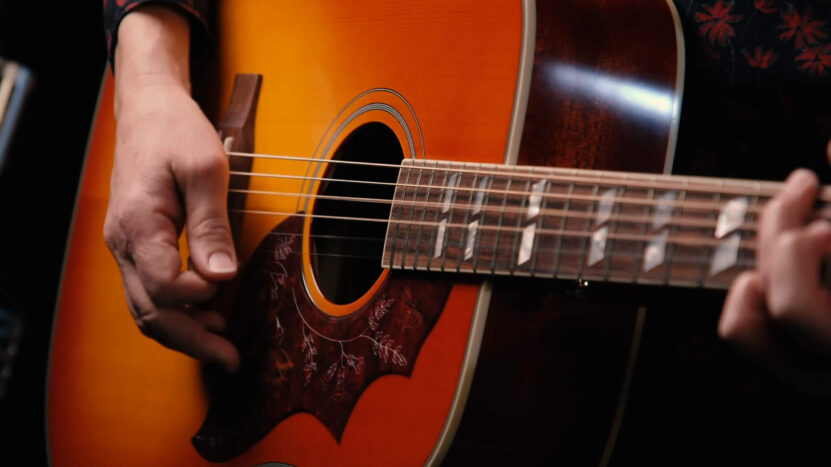
This guitar is ideal for players who want the aesthetic and tonal characteristics of a Gibson Hummingbird but aren’t willing or able to spend several thousand dollars.
It’s a solid option for intermediate and advanced players who need a reliable acoustic-electric guitar for recording, performing, or songwriting.
Ideal for
- Folk, country, rock, and blues players
- Singer-songwriters looking for a reliable companion
- Guitarists who value aesthetics as well as sound quality
Not ideal for
- Beginners looking for their first guitar, due to its price
- Players who require high-end electronics for live performances
Pros and Cons
Pros
- Solid wood construction: Offers excellent tone and resonance
- Beautiful finish: The vintage sunburst or natural finish adds visual appeal
- Comfortable neck: Great for extended playing sessions
- Balanced tone: Works well for a variety of playing styles
- Good value for money: Compared to the Gibson Hummingbird, it’s a fraction of the cost
Cons
- Limited electronics: The Fishman Sonitone system is functional but could be improved
- Requires setup adjustments: Some users report the need for minor truss rod tweaks out of the box
- Not ideal for beginners: The price point may be too high for someone just starting
Frequently Asked Questions
How does the Epiphone Hummingbird compare to the Gibson Hummingbird?
The Epiphone Hummingbird offers a similar aesthetic and tonal experience as the Gibson but at a much lower price. While the Gibson has slightly superior sound and electronics, the Epiphone provides excellent value for the money.
Is the Fishman Sonitone system good for live performances?
The Fishman Sonitone system is adequate for small gigs or casual performances. However, for more professional settings, some players may prefer to upgrade the electronics for better control and sound quality.
Can beginners play the Epiphone Hummingbird?
While beginners can play this guitar, it’s better suited for intermediate or advanced players due to its price and quality.
Last Words
For players who want the Hummingbird experience but can’t justify spending thousands on a Gibson, this Epiphone model is a perfect alternative. It’s a well-rounded guitar that excels in various genres, from folk to rock, and will only get better with age.
Whether you’re recording in the studio, performing on stage, or simply playing at home, the Epiphone Hummingbird delivers in all the right ways.

